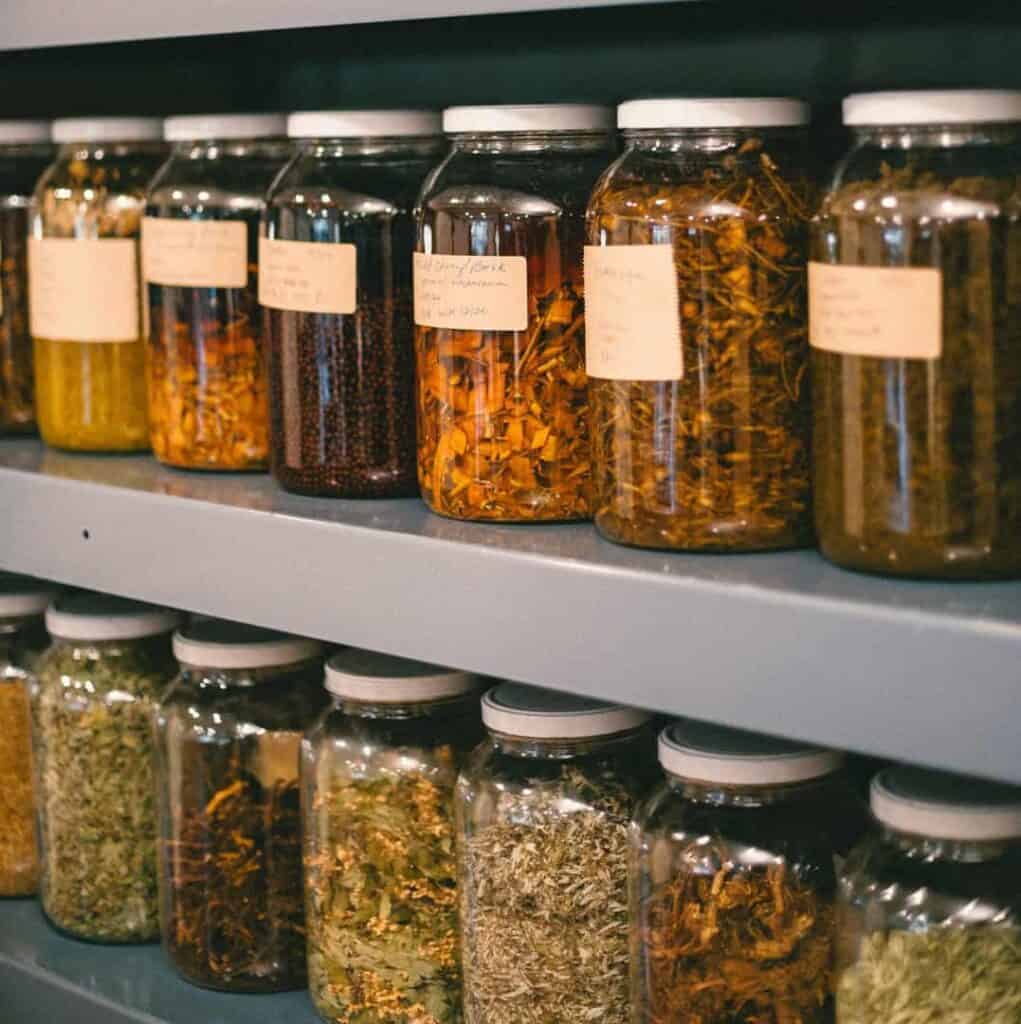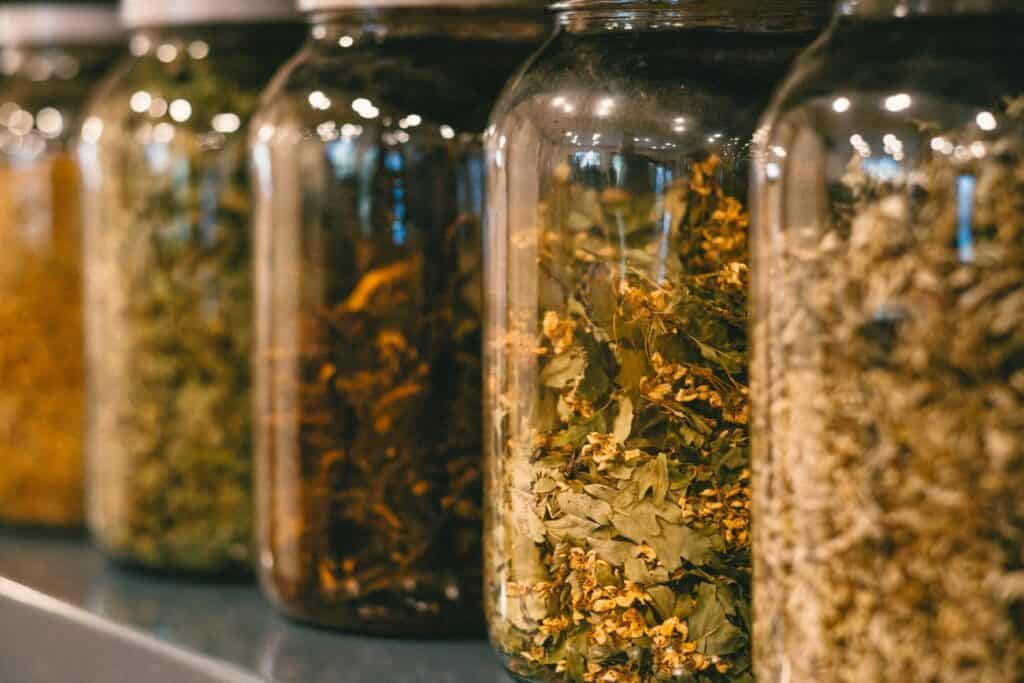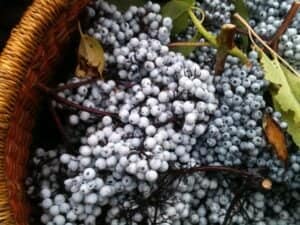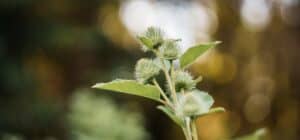An effective herbal formula does not happen on its own. While you can combine a bunch of herbs and hope they work together, the results will often lack consistency and precision.
By integrating a strategic methodology into your medicine-making practice, you gain the knowledge and skills you need to make dependably effective formulas every time.
In this week’s blog post, you’ll learn:
- The main differences between Ayurvedic and Chinese medicine formulating approaches versus the Western method
- The three essential strategies you need to make an effective herbal formula
- How to fine-tune your formula and tailor it for the person you are helping
- The importance of ratios in formulating and how to experiment with different ones
Table of Contents
The Three Pillars of Effective Herbal Formulations
Have you ever looked at the label on the back of a tincture bottle and counted the herbs listed there?
How many are there? Five, ten, fifteen? If you are interested in making your own herbal formulas, you might be wondering if there is an optimal number of herbs you should use and if it is possible to use too few or too many when preparing a medicine.
Although many herbalism books provide you with formulas galore for each organ system and every illness you can think of, they typically do not explain the fundamentals of formulations that you need to know to make highly effective formulas at home. In short, many books don’t help you understand how to think through developing an effective formula on your own.
As a result, you might be concocting “kitchen sink formulas,” which means that you open a textbook that lists a bunch of herbs indicated for a specific condition and select them at random to make a formula. This approach lacks methodology and precision, which means that it might not be effective. Alternatively, it might be too effective in ways that aggravate the energetics and conditions you are trying to relieve! Random compounding can also lead to inconsistent results – sometimes they work, and sometimes not at all.
It is paramount that you use thoughtful consideration when preparing herbal formulas. Through this approach, you can make herbal medicines that are potent, powerful, and effective every time. While there is no set framework for formulating herbal medicines, I have found that there are specific steps you can follow to increase your efficacy as an herbalist and make the best formulas possible.
Formulation Traditions
Ayurveda and Chinese medicine often use many herbs in a formula or combine two or more formulas to yield a new compound. With this approach, the number of herbs can quickly climb from five to fifty!
While these herbal traditions are known for their complex and lengthy formulations, the Western herbal tradition typically favors smaller and tighter formulations, which is why you might see more on the market that contain only a handful of herbs in them.
The formulation practices available mirror the diversity of the herbalism traditions around the world. Thus, there is no magic number or “right” amount of herbs you should use when formulating herbal medicine. What matters most is not how many herbs you used in your formula but your reasons for selecting them and your approach to combining them. Ultimately, every plant in your formula should serve a specific function on its own while harmonizing with the other herbs to generate a synergistic effect that best accomplishes your formulaic goal.
If you can accomplish this by using three herbs, there is no merit in adding in more for “the sake of it.” That said, your simple formula may require extra herbs to synergize, balance, oppose, or drive it.
Formulation Strategies
The first step to formulating an herbal medicine is identifying the organ systems you need the herbs to target. From there, you can specify the herbal actions and energetics needed to balance the constitution of the person you are helping. Using this methodical approach will help you choose herbs mindfully and select the ones that will help you build a strong and effective formula.
Corresponding Organ Systems
Determining which organ system requires support can drastically narrow down the herbs relevant to your formula. Once you identify the organ system, you can specify more by highlighting the organ you want to direct the formula to. For example, if your goal is to alleviate cough, you would look at herbs with an affinity for the respiratory system, such as Osha (Ligusticum spp.). After this step, you can narrow it down to the specific area that is affected most. The upper respiratory tract includes the nose, mouth, sinuses, trachea, larynx, and pharynx, while the lower respiratory tract includes the bronchial tree, alveoli, and lungs. You can use herbs in your formula that target the upper region, lower region, or both if needed. Lastly, you can include herbs with a direct action on the trachea or alveoli to direct its effects even more.
Another important consideration is going deeper into the organs and systems by thinking through what tissues you want your herbs to influence. In our respiratory system example, different plants will influence the different tissues there. Marshmallow (Althea officinalis) root will be excellent for specifically influencing the respiratory mucosa, whereas Lobelia (Lobelia inflata) or Skunk Cabbage (Symplocarpus foetidus) will have a stronger effect on the smooth muscles.
So while you need to determine the system or organ that you want your herbs to effect, taking it to a deeper level in regards to the tissue types within that system makes your remedy selection even more specific, and thus more effective.
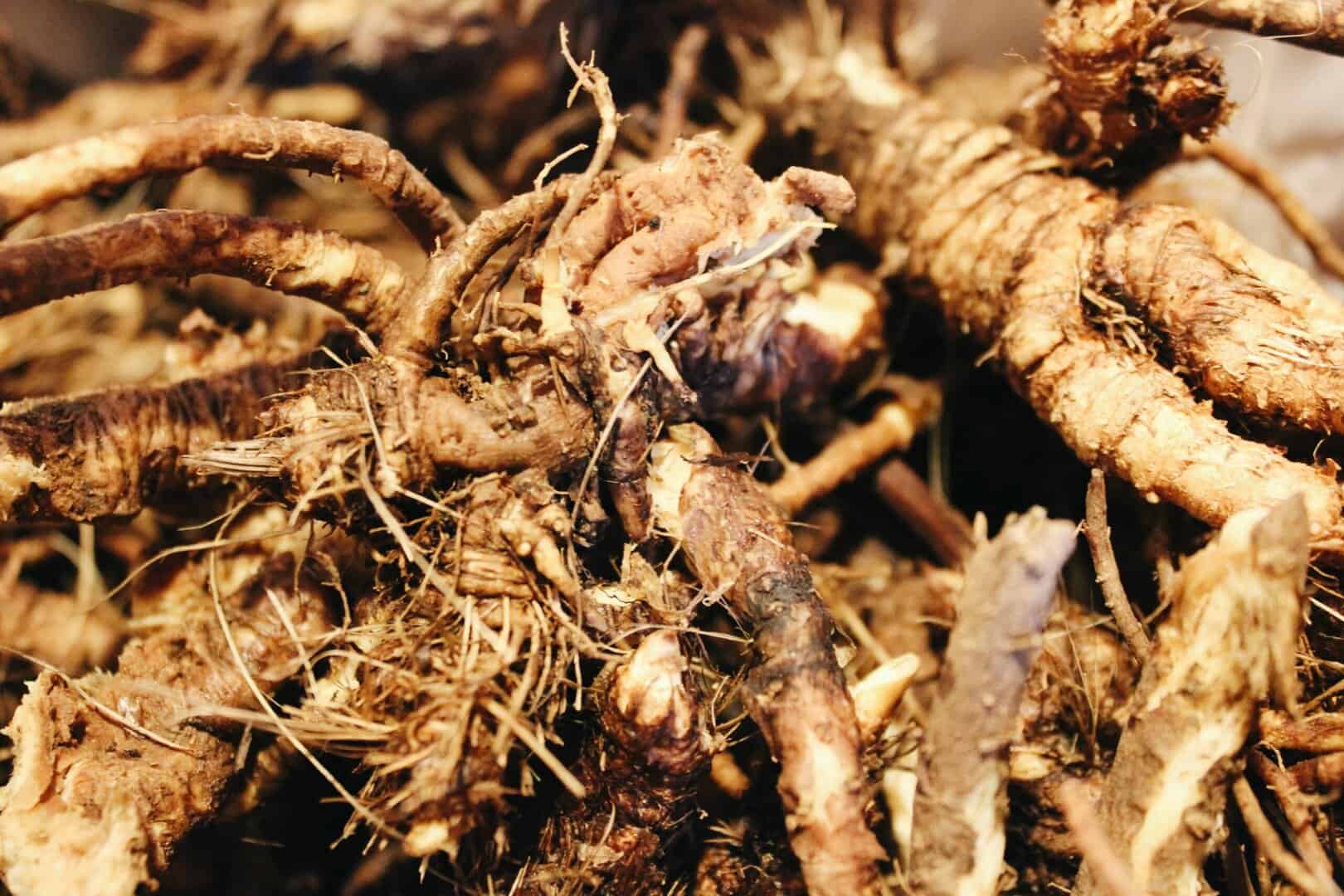
Primary Herbal Actions
Once you have recognized the organ system you want to support, it is time to identify and select the appropriate herbal actions.
If you want to make a formula that supports respiratory health, you would select herbs with actions that pertain to that system. If you were to look at a list of respiratory actions, you would likely see: Expectorant, decongestant, demulcent, astringent, antispasmodic, lymphagogue, immunostimulant, diaphoretic, antitussive, and respiratory tonic and trophorestorative actions. That’s quite the list! To break it down further, you would read about the indications of each to see which ones are best indicated for your formula.
Here are the definitions and examples of herbs you can use for each action:
Expectorant: One of the main herbal actions associated with the respiratory system, expectorants stimulate the cough reflex, which helps your body expel accumulated mucus and congestion from the lungs and bronchioles. Stimulant expectorants are indicated when the conditions of the lungs are heavy, damp, and mucusy. These herbs are typically pungent and warming, like Osha (Ligusticum spp.). Relaxant expectorants, such as Lobelia (Lobelia inflata), are antispasmodic and relieve tension, thereby opening the respiratory system. They are typically used for hot and dry states.
Decongestant: Whereas expectorants work primarily on the lower half of the respiratory tract, decongestants work on the upper half. Herbs with this action are typically warming and pungent and drain excess mucus from the sinuses and nasal passageways. Some examples include Horseradish (Armoracia rusticana) and Eyebright (Euphrasia officinalis).
Demulcent: Demulcents are cooling, soothing, and moistening herbs that moisten dried-out mucosal membranes, thereby alleviating heat, tension, and dryness. Marshmallow (Althaea officinalis) and Licorice (Glycyrrhiza glabra) are two classic demulcent herbs. These typically have an expectorant action as well by virtue of increasing fluid secretions in the lungs.
Astringent: When there is excess laxity in the upper respiratory system resulting in thin watery mucus, like a runny nose, astringent herbs like Oak bark (Quercus alba) and Red Raspberry (Rubus idaeus) are indicated. These reduce swollen lymph nodes, mucous membranes, and alleviate sore throats. Goldenseal (Hydrastis canadensis) is a classic upper respiratory astringent and tonic for the mucosa.
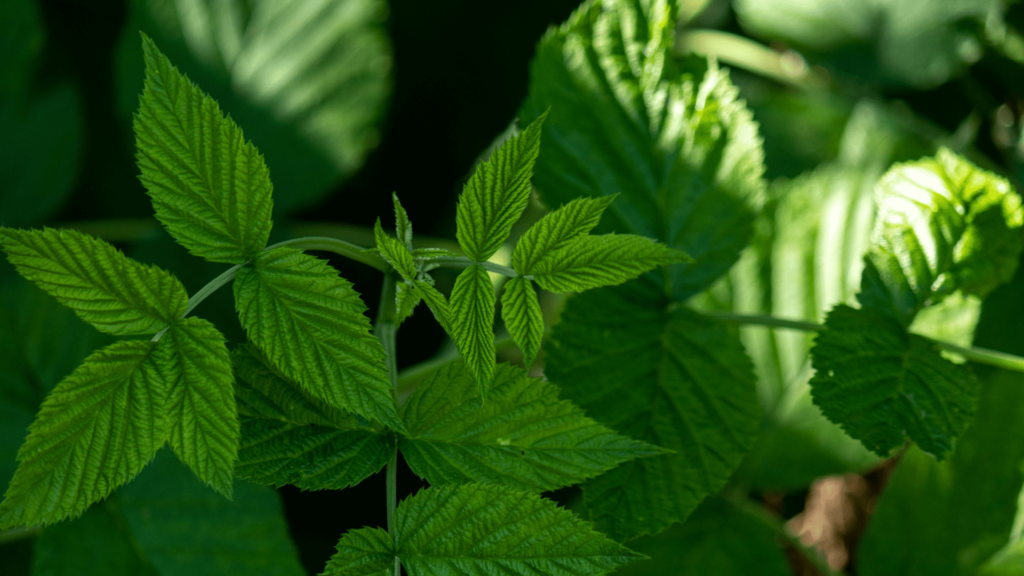
Antispasmodic: Herbs with this action are indicated when there is an overly irritated and spastic cough reflex and are particularly helpful if they are causing pain or keeping you up at night. Wild Cherry (Prunus serotina) and Lobelia (Lobelia inflata) are two excellent herbs with this action.
Lymphagogue: Lymphagogue remedies, like Calendula (Calendula officinalis)
and Red Clover (Trifolium pratense), help to activate the lymphatic glands, disperse stagnation, and maintain the health of the immune system and its filtering and cleansing abilities.
Immunostimulant: Herbs with this action either stimulate the immune system directly or contain antibacterial, antimicrobial, or antiviral constituents that support its healthy functioning. Echinacea (Echinacea spp.) and Garlic (Allium sativum) are two examples of immunostimulant herbs.
Respiratory tonic/ trophorestorative: A trophorestorative, or a tonic, is an herb that restores the proper function and structure of tissue that has become damaged or debilitated due to chronic stress or illness. This can certainly occur in folks with chronic respiratory tract infections, those exposed to aromatic toxins, or smokers. These are remedies that help build up the overall strength of the lungs. Two herbs with these actions are Cordyceps (Cordyceps sinensis) and Astragalus (Astragalus membranaceus).
Diaphoretics: While not a specific action for the respiratory system, diaphoretics like Elderflower (Sambucus spp) and Thyme (Thymus vulgaris) are useful alongside respiratory infection treatments as they are sometimes accompanied by fever.
Antitussives: Antitussives essentially suppress and inhibit a cough. A cough is a good thing from a vitalist perspective because it expels waste products from the lungs and clears the respiratory tract. These do not necessarily shut down the entire cough reflex but rather modulate it. Most of these are antispasmodic plants that help relax the smooth muscles, such as Wild Cherry (Prunus serotina) and Lobelia (Lobelia inflata).
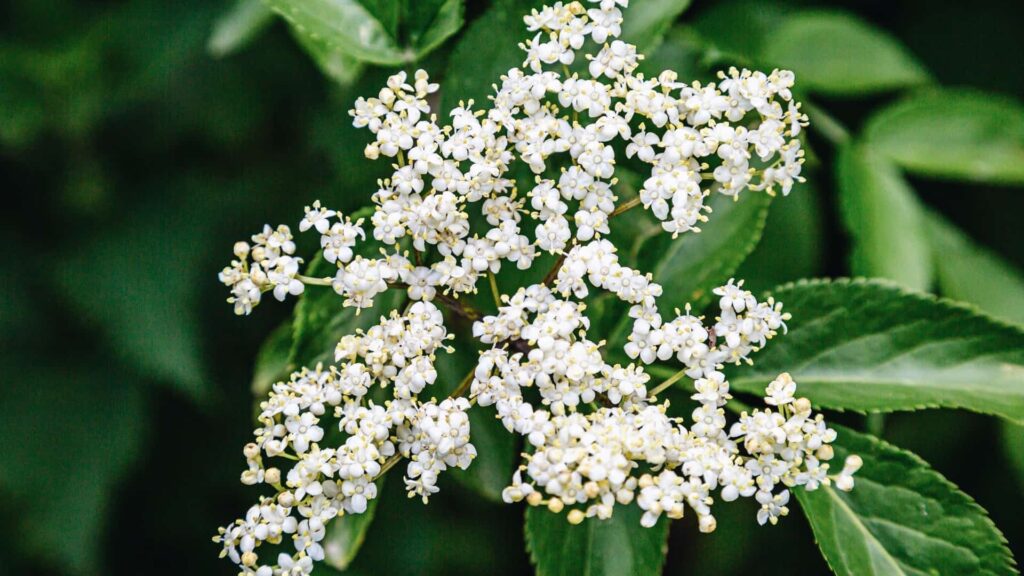
Herbal Energetics
The last step in formulating a balanced herbal medicine is to ensure that the net energetic effect of the formula is compatible with the energetics, tissue state, and overall constitution of the person you are preparing it for. There are six tissue states, which can be broken down into three major physiological categories: Activity (aka temperature), tone, and moisture.
Heat/excitation and cold/depression describe the relative state of activity in an organ system. Typically we refer to it as temperature, but it’s important to understand that it’s not just degrees on a thermometer. Heat/excitation is characterized as hyperactivity, heat, and inflammation. When someone has inflamed mucosal membranes and an irritable cough, it’s important to use cooling herbs like Wild Cherry (Prunus serotina). Alternatively, cold/depression is defined as hypoactivity and a lack of response to stimuli due to a deficiency of the vital force. If the respiratory condition features swollen lymph nodes, thick mucus, and a chronic cough, warming herbs that stimulate this tissue state, like Thyme (Thymus vulgaris), are indicated.
Damp/relaxation and wind/tension correspond to aspects of tone. If the tissues are atonic, they leak free secretions and lack containment, and the transportation of fluids is excessive, meaning they either leak out of the body or into the wrong places. Respiratory conditions typically feature a chronic runny nose and post nasal drip. Astringents like Red Raspberry (Rubus idaeus) tone the tissue and restore functionality. When there is excess wind/tension, there will be spastic coughing fits, tightness in the chest, difficult, shallow breathing, and sensitivity to the entire respiratory tract. Coughing fits can be quite intense and strong and potentially lead to gagging and vomiting. Antispasmodic and relaxant remedies, like Lobelia (Lobelia inflata), are indicated here.
Lastly, dry/atrophy and damp/stagnation refer to aspects of moisture. Although this generally refers to the moisture of the mucosal membranes, it can also refer to excess or deficient oils in the body. When there is dry/atrophy, the tissues are often weak and lack moisture and nutrition. A respiratory condition of this type would usually feature a dry, hacking, and unproductive cough followed by weakness. Soothing, cooling, and moistening demulcents like Marshmallow (Althaea officinalis) restore the tissue. Damp/stagnation is the result of excess fluid accumulation due to poor elimination processes and weakened metabolic functions. If someone has damp/stagnation respiratory illness, you will need stimulant expectorants to move stagnant mucus and toxic accumulations out of the body, like Lomatium (Lomatium dissectum) or Osha (Ligusticum spp.).
By the end of your formulation process, your blend should feature herbs with the organ and tissue affinities you need to direct it to, the herbal actions necessary to heal the condition, and the correct energetics to balance the constitution and tissue state of the person you are helping. Once you have these three bases covered, you can add other remedies to finalize and fine tune it further with the following steps.
Fine Tuning Your Formulas
Identifying the organ systems, herbal actions, and energetics you want to address with your formula is an essential step, but it’s only the first one (or three). After you have selected the herbs you want to incorporate into your formula, it is time to consider whether you need to add any synergizing, contrasting, or opposing herbs to complete it.
To illustrate, imagine that you are preparing an herbal formula for the respiratory system using Osha (Ligusticum spp.). This plant is an excellent stimulant expectorant that is warming and drying. It clears up mucus, drives the blood, and supports the body with its antiviral properties. As a spasmolytic, it alleviates spasms in the bronchial tree.
If you want to use Osha (Ligusticum spp.) in a formula you can combine it with synergizing herbs to increase its effects, opposing herbs to complement its herbal actions, or balancing herbs that balance its energetic aspects,
To prepare a formula using a synergizing herb, you can pair Osha (Ligusticum spp.) with Lomatium (Lomatium dissectum). This plant is in the same family and shares many of Osha’s qualities. Its taste is a little more bitter and acrid, and it extends deeper into the lungs than Osha (Ligusticum spp.) does. However, it is also an antiviral, warming, drying, and pungent stimulant expectorant. When you combine these two similar herbs, they synergize to produce a net effect stronger than either of these herbs taken alone.
If you want to contrast the effects of Osha (Ligusticum spp.), you can pair it with an herb that shares an affinity for the respiratory system but provides secondary actions to the formula, thereby adding another dimension to its actions and effects on the body. For example, you can combine Osha (Ligusticum spp.) with Lobelia (Lobelia inflata). While Osha (Ligusticum spp.) expectorates mucus, Lobelia (Lobelia inflata) dilates and opens the bronchioles to ease tension, constriction, and spasm.
If you want to level out the effects of warming and drying Osha (Ligusticum spp.), you can combine it with a plant with opposing energetic qualities, like Licorice (Glycyrrhiza glabra). This herb is cooling and moistening, and paired with Osha (Ligusticum spp.), it balances these effects, which can prevent constitutional aggravations, especially for those who tend toward patterns of hot and dryness. Each of these formulas contains Osha (Ligusticum spp.), but the secondary herb it is paired with drastically changes its dynamics and energetics. When formulating pairs or triplets, it is important to think about how the herbs will work together. Do they synergize, contrast, or oppose each other, and how does this influence the net energetic effect on the body? Integrating this thought process into your medicine making will help you select herbs thoughtfully and produce formulas with greater precision.
Ratios
The ratios of each herb you use can drastically influence the effects of your formula.
Considering the example of Osha and Licorice, how would this formula operate if you used them in equal parts? Would using 75% Osha and 25% Licorice have different effects? What would happen if you used 25% Osha and 75% Licorice instead? As you can imagine, the ratios will drastically impact the energetics of the formula and its effects on the body.
There is no magic ratio you should always follow, and the only way to determine which ratio works best for you is to try them out for yourself and feel the effects. As you experiment, you can adjust the ratios as needed and consider how they might affect someone of a different constitution. Someone who runs warm might need a higher ratio of a cooling herb, while someone cold might fare better with a higher amount of the warming herb.
If you are still unsure whether you should try and keep the number of herbs in your formula to a minimum, remember that the number matters much less than the intention you have behind choosing each one. It is important, however, to keep in mind that as you add more herbs to your formula, the percentages of each will naturally be lower.
This is why I like to keep my formulas relatively small, as it ensures the person will ingest higher amounts of the herbs that are really specific for them and their condition. I aim to think of three to five herbs that target the organ systems, actions, and energetics that someone needs. Afterward, I add synergistic, contrasting, or opposing herbs to balance the formula and a circulatory stimulant in small quantities to drive it throughout the body. For me, the net result is typically no more than 7 herbs.
Many Paths, One Mountain
Phenomenal herbal formulas do not occur on their own. Making effective plant medicines means using a methodical and thoughtful process that focuses your intentions and guides your herbal selections to ensure that each herb provides a distinct benefit while positively influencing the net effect of the whole formula. And that is not to say that intuition doesn’t play a role. Oftentimes during a consultation certain herbs will just feel right for that person. It’s good to follow those intuitive senses, but it’s also important to double check yourself and make sure that it is indeed a fitting remedy by following the processes outlined here.
All good formulators ensure that the foundation of their formula is strong and understand the dynamics that occur between each herb and how they affect the whole.
Whether you prefer formulas with dozens of herbs or a simple triplet, the ultimate goal is to help someone feel better. There are many paths to the top of the mountain. Which is yours?


